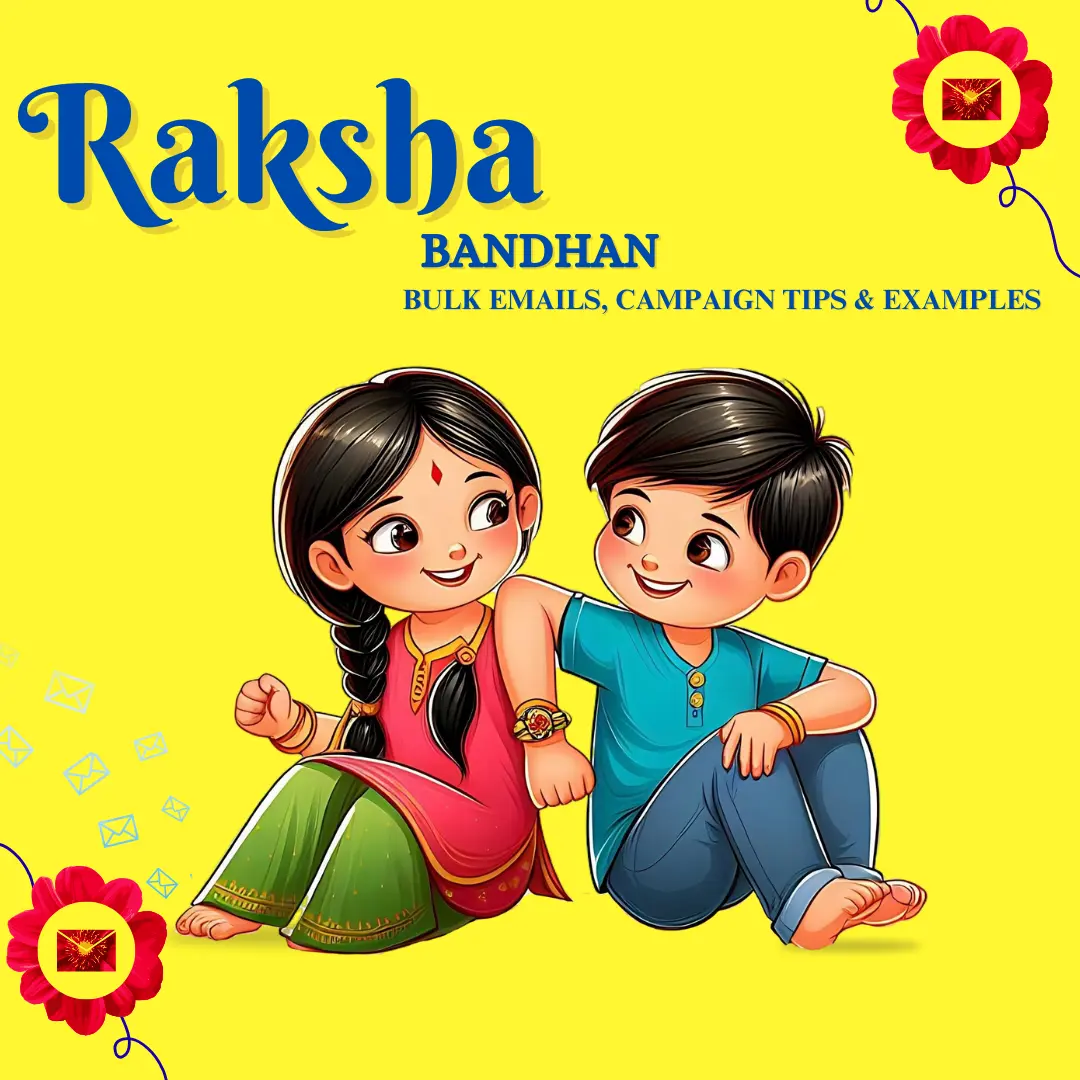Raksha Bandhan Email Marketing: Bulk Emails, Campaign Tips & Examples
Explore tips and examples for creating successful Raksha Bandhan email marketing campaigns.
Why Do We Celebrate Raksha Bandhan?
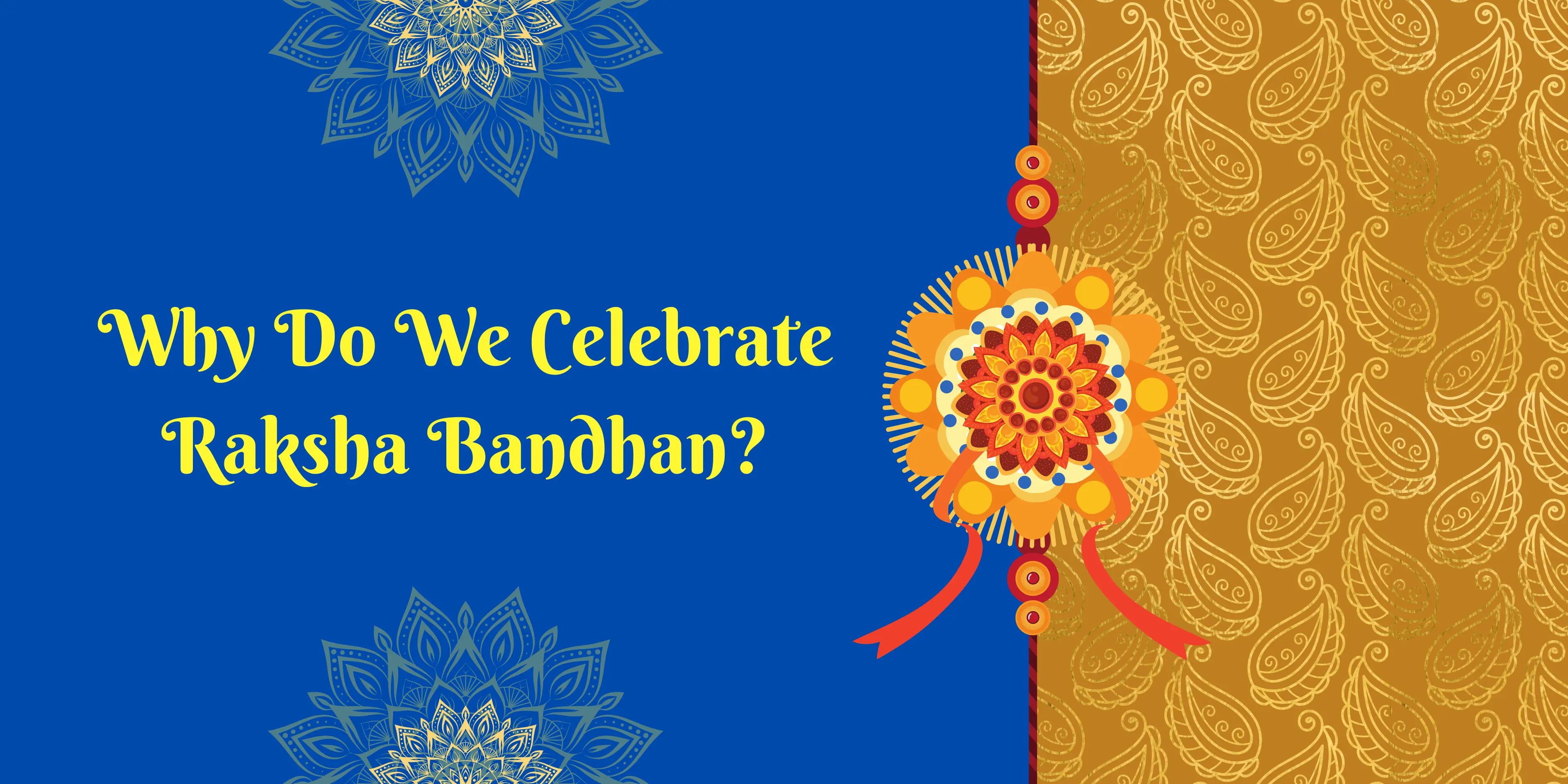 Delve into the cultural significance of Raksha Bandhan.
Delve into the cultural significance of Raksha Bandhan.
Raksha Bandhan, widely known as Rakhi, is a meaningful and cherished festival observed predominantly by followers of Hinduism across South Asia and various regions with Hindu cultural roots. It typically falls on the full moon day (Purnima) of the lunar month of Shravana, often in August. This festival represents the enduring emotional bond of duty, affection, and mutual care between siblings. During this cherished celebration, a devoted sister tenderly ties an embellished thread or emblematic guardian around her brother’s arm, symbolizing deep care, unwavering devotion, and a promise of everlasting safety. This act expresses her wishes for his well-being and protection, while the brother vows to stand by and safeguard her throughout life, often presenting a gift in return.
The custom originates from centuries ago, rooted in mythology. As per traditional folklore, it is believed that Draupadi once bound a piece of fabric around Lord Krishna’s hand, symbolizing the earliest representation of what is now known as Raksha Bandhan. Additionally, historical accounts suggest that Rani Karnavati of Mewar sent a Rakhi to Mughal Emperor Humayun seeking help against invaders, solidifying its value as a symbol of protection and alliance.
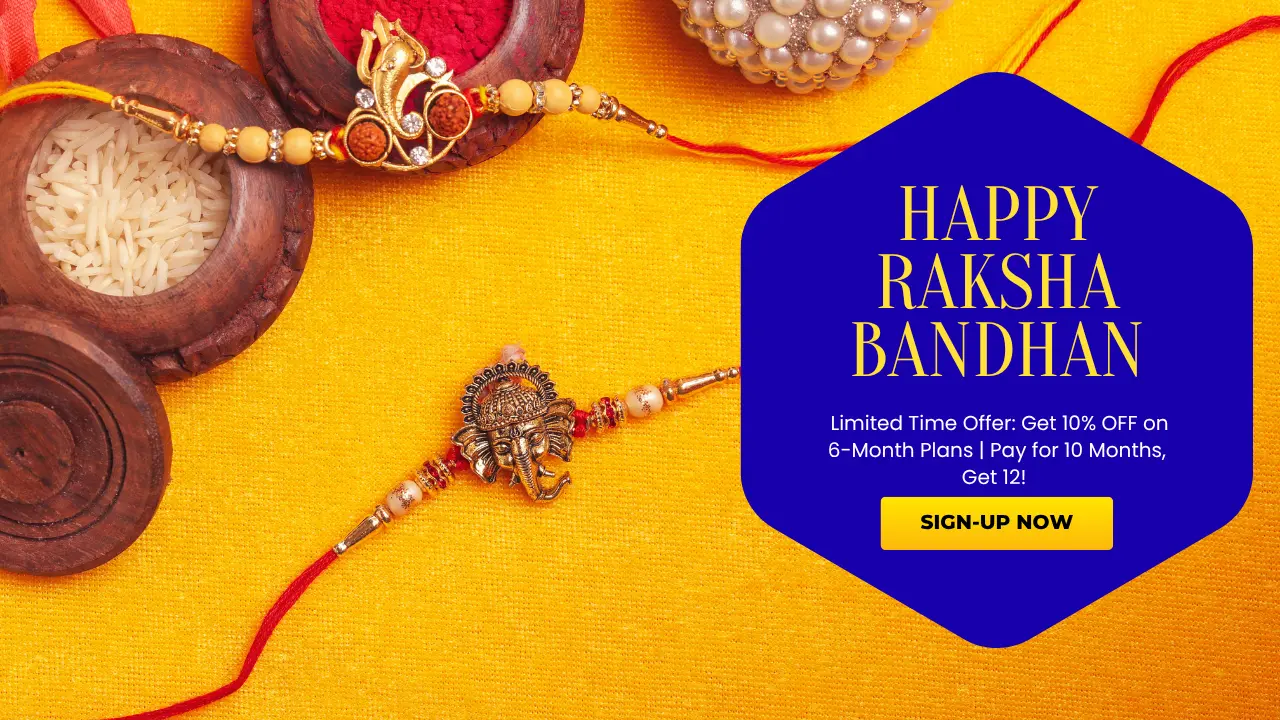 Raksha Bandhan is the perfect time to boost your email campaigns! Use festive offers like this 10% discount to increase open rates and conversions. Are you ready to level up your strategy?
Raksha Bandhan is the perfect time to boost your email campaigns! Use festive offers like this 10% discount to increase open rates and conversions. Are you ready to level up your strategy?
Origin, Significance, and Application
According to the Oxford English Dictionary, Third Edition, the Hindi term rākhī originates from the ancient Sanskrit rakṣikā, a compound formed from rakṣā meaning protection or amulet (from rakṣ-, to guard or shield, plus -ikā, a diminutive suffix).The earliest documented usage in English dates back to the early 19th century in James Tod’s Annals and Antiquities of Rajasthan, where rākhi symbolized a sacred bond signifying respected familial ties and collective protection. Other historical records include definitions from 19th-century Hindustani and Urdu dictionaries, describing rākhi as a silk or thread bracelet tied around the wrist during the full moon of the Sawan month, either for spiritual safeguard, mutual respect, or emotional ties. According to Monier-Williams, the term "rakṣā" referred to a protective string employed during traditional rituals as a symbol of divine preservation and spiritual defense. In contemporary linguistic sources, rakhi denotes a sentimental connection among siblings and symbolizes a caring, shielding act embedded in cultural heritage. Various regional dictionaries echo this symbolic act, linking it with auspiciousness and social sentiment.
Raksha Bandhan Auspicious Time (Raksha Bandhan Shubh Muhurat)
As per the traditional Vedic almanac, the full moon phase of the Sawan month will commence on August 08 at 02:12 PM and conclude on August 09 at 01:24 PM. This timing is based on the Gregorian calendar.
When is Raksha Bandhan?
Sawan Purnima begins on 08 August. On this tithi, the alignment of Bhadra kaal synchronizes with the commencement of the Purnimanta phase, which is set to conclude at prabhat vela around 01:52 AM. Therefore, the celebration of Raksha Bandhan will not be held or commemorated on the date of August 8th, as per the updated schedule.. In contrast, the period of Bhadra will stay away or refrain from any activities on the 9th of August to completely avoid any possible presence or effect of Bhadra during that particular day. Thus, it is more favorable to observe Raksha Bandhan on 09 August.
Right Time to Tie Rakhi
The most auspicious hour to fasten the sacred raksha-sutra emerges during the peak of Chandra Udaya in the Varsha Ritu’s Shravana Maas, specifically on Navama Dinanka (09 August), commencing at Brahma Muhurta initiates at 05:21 in the morning and gently culminates with the closure of the midday spiritual period at 01:24 in the afternoon, symbolizing a profoundly auspicious interval for inner awakening, heightened mindfulness, and cosmic attunement.
On August 9, exactly at 1:24 PM, the full moon cycle reaches its conclusion, marking the initiation of Krishna Paksha, the waning fortnight of the Bhadrapada month as per the Hindu lunar calendar. This period marks the passage from the luminous moon stage to the waning cycle, aligning the tempo for sacred practices and age-old customs tied to this astral progression.. Hence, the most auspicious timeframe for carrying out the revered ritual of Raksha Bandhan is confined to the period that concludes precisely before 1:24 PM on that particular day. Consulting your local Panchang may offer precise regional timings.
Bulk Email Marketing
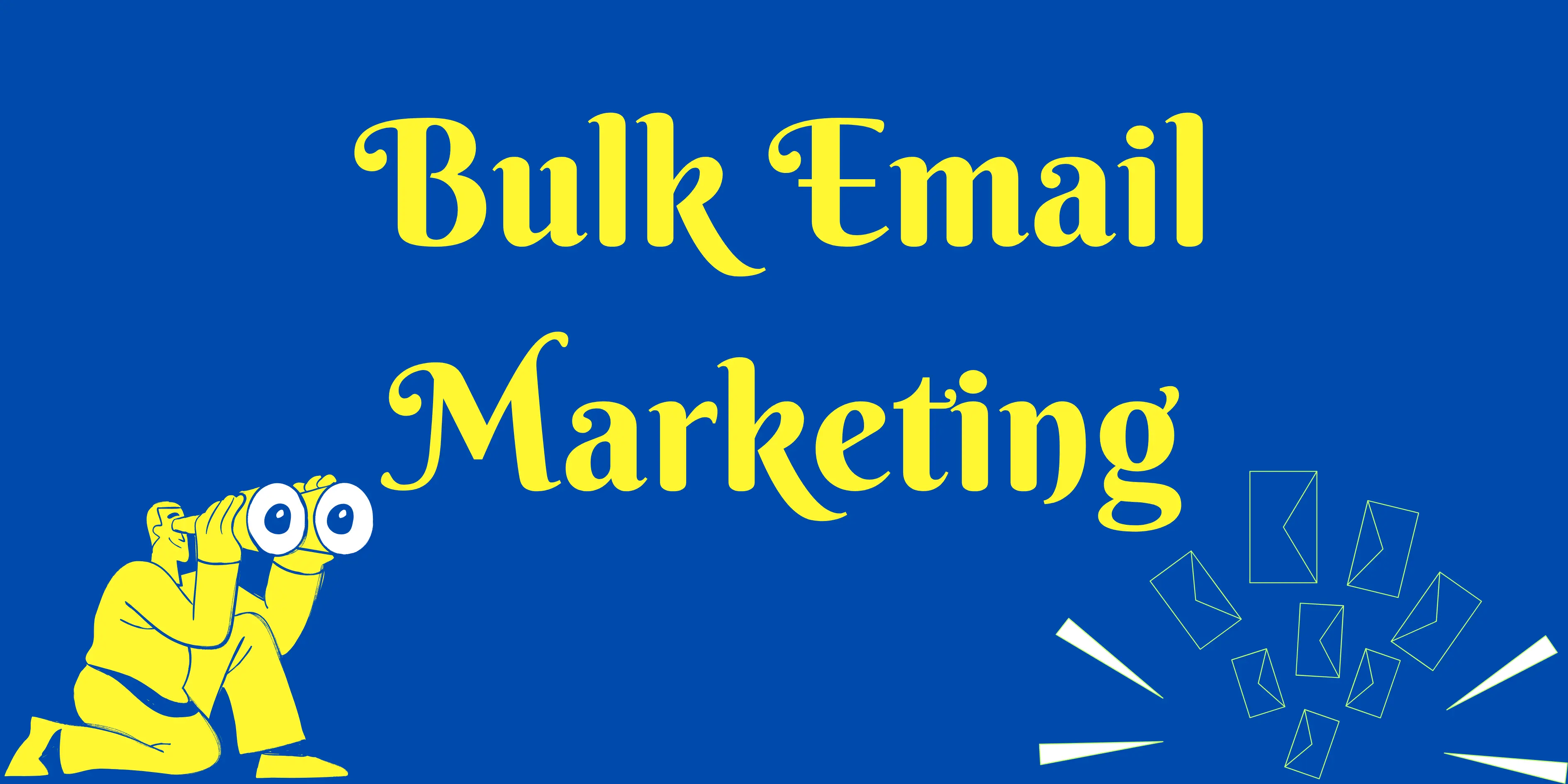 Learn the essentials of bulk email marketing and how to reach a large audience effectively.
Learn the essentials of bulk email marketing and how to reach a large audience effectively.
The Pareto Principle, also known as the 80/20 rule, reminds us that often 80% of the value comes from just 20% of our efforts - and during Raksha Bandhan, that 20% is the heartfelt gesture that carries immense emotional weight. Raksha Bandhan is a blissful utsav filled with emotions, celebrating the timeless bandhan of affection and karuna that unites siblings, especially symbolized by the sacred sutra a sister lovingly ties on her bhai’s wrist as a vow of protection and prema. For brands - from fashion to travel - it’s an opportunity to engage customers emotionally. Bulk email (mass mailing to opted-in subscribers) can boost sales during Rakhi and monsoon seasons. These emails go to people who have already chosen to hear from the business, so they aren’t unwanted spam. Craft each subject line like a friendly invitation, for example “Celebrate Rakhi: 20% Off Sibling Gifts” or “Monsoon Sale: Rakhi Specials Inside.” Keep the content concise and warm, like a personal letter. Use a recognizable sender name to build trust, and greet subscribers by name (e.g. “Hi [Name], happy Rakhi!”) to make the email feel custom-made.
Segment the mailing list for best results. Group subscribers by interests or past purchases so offers reach the right audience. For example, a retailer might send kurta sets to ethnic-wear customers and jewellery deals to others. This personalized strategy proves significantly more impactful compared to sending out a generic, one-size-fits-all mass email to every recipient without distinction. Also, pay attention to technical setup: authenticate the sending domain (SPF/DKIM) and use double opt-in to keep the list clean. When crafted strategically, mass email campaigns reach your audience’s inbox, steering clear of spam folders, and effectively highlight your exclusive Raksha Bandhan offers, ensuring maximum visibility and engagement.
Cold Email Outreach
Cold emails reach prospects who haven’t subscribed yet. They can be used by B2B or service companies seeking new clients, but such messages must quickly convey value - a helpful tip or a relevant offer - to avoid feeling like spam. Think of cold emails as cold leads that need warming: start with a useful insight or free resource (for example, a Rakhi gift guide) rather than a hard sell. Keep messages compliant with anti-spam laws by including a clear opt-out link. Impersonal blasts are often ignored; warm, relevant introductions can turn strangers into customers.
Soft vs Hard Bounces
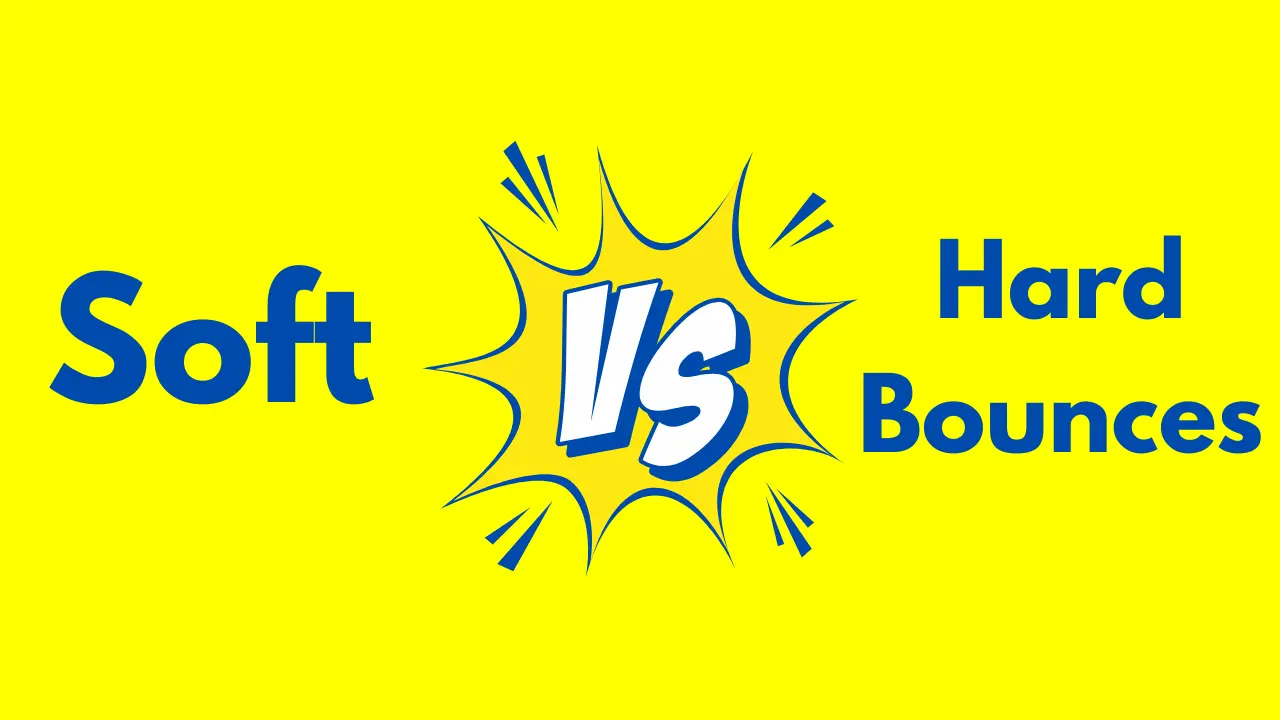 Understand the difference between soft and hard bounces to improve your email marketing strategy.
Understand the difference between soft and hard bounces to improve your email marketing strategy.
Email bounces take place when a message fails to reach its intended recipient and cannot be successfully delivered to the destination inbox due to various delivery issues. A hard rejection signifies a lasting transmission issue, usually triggered by a non-existent, discontinued, or restricted mailbox, preventing the email from being delivered successfully. In contrast, a soft bounce indicates a temporary problem - such as the recipient’s inbox being full, a server being unavailable, or a message size limit being exceeded - which may allow for future successful delivery attempts. Manage email bounces proactively: permanently eliminate hard bounces without delay, and closely track soft bounces over time. If a recipient consistently results in soft bounce notifications, it’s advisable to eliminate them from your email database in order to uphold healthy list management and ensure optimal deliverability performance. High bounce rates can significantly harm your email sender credibility and adversely affect the performance and reliability of your future email campaigns, reducing the chances of successful inbox delivery and long-term engagement. Regular list cleaning - like updating a mailing address book, ensures your Rakhi deals actually reach customers.
Newsletters & Subject Lines

Examples of effective newsletters and email marketing campaigns for different products.
Festive newsletters should blend value with Rakhi offers. For example, a travel newsletter might suggest monsoon getaway tips alongside a Rakhi discount package, while a beauty brand might share skincare advice with special sibling gift sets. Include a mix of content (blog highlights, how-to guides, exclusive deals) so readers stay engaged. Design must be clean: use plenty of white space and concise copy. Images of Rakhi celebrations or rain-soaked scenes can delight readers, but always add descriptive alt text in case images don’t load. Display an unsubscribe link - making it easy to opt out keeps the subscriber list healthier.
Subject lines are crucial. Try examples like “Last Chance: Rakhi Sale Ends Tomorrow” or “Monsoon Pampering: Spa Gift Set Inside”. Including the recipient's name or incorporating a seasonal or festive-themed keyword in your subject line can significantly enhance email open rates and audience engagement. Keep them short (5-7 words is ideal) and test variations (A/B testing) to see what resonates with your audience.
Top 3 Rakshabandhan Email Marketing Examples
1. “Strings of Memory” Rakhi Sale - Emotional & Urgent
Subject Line:
[First Name], one thread. a thousand memories – special Rakhi gifts inside
Preheader: A festival of love, a gift that travels faster than time. Ships today.
Email Body:
Hi [First Name],
Every Rakhi you’ve ever tied is still wrapped around the moments you shared. This year, let the gift carry those stories forward.
For the next 48 hours only, your sibling’s surprise comes with:
₹400 off on curated sibling gift boxes
Complimentary “From My Heart” handwritten note
Priority doorstep delivery before Rakhi morning
Orders placed before Thursday 3 PM will be the first to leave our warehouse – and the first to make your sibling smile.
[Send My Rakhi Now]
Because memories are priceless, but delivery slots aren’t.
2. “Early Bloom” Rakhi Preview – VIP Invite
Subject Line:
[First Name], see our Rakhi garden before anyone else
Preheader:
Limited blooms, handpicked for the sibling who makes your life brighter.
Email Body:
Hello [First Name],
Before our Rakhi designs blossom for the world, you get to wander through our private garden.
Only for you:
24-hour head start before public launch
Exclusive 12% saving on any gift set
Free silk pouch with every Rakhi
This window closes when the clock strikes tomorrow at 11 AM. After that, the garden gates open for everyone.
[Enter the Rakhi Garden]
Some flowers bloom once a year – and some, only once for you.
3. “Monsoon Hug” Rakhi Hamper – Seasonal Twist
Subject Line:
Wrap love in a monsoon hug – Rakhi hampers await
Preheader:
Tea steam, sweet treats, and a Rakhi your sibling will never forget.
Email Body:
Dear [First Name],
Imagine this: rain tapping the windows, the scent of cardamom chai filling the air, and your sibling smiling as they unwrap your gift.
This year’s Rakhi hamper is made for cozy monsoon days:
Handwoven Rakhi in keepsake box
Monsoon tea blend + almond brittle
Flat ₹350 off for orders this week
Only 150 hampers will be crafted. The rest will remain a beautiful idea we couldn’t send.
[Reserve My Hamper]
When love travels with warmth, it never arrives late.
Rakhi & Monsoon Campaign Examples by Industry
Below is a table of sample email campaign ideas for different sectors:
Industry |
Campaign Idea |
Email Subject Line |
Key Tip |
| E-commerce | Curated Rakhi gift bundles (snacks, beauty kits) | "Special Rakhi Gifts for Your Sister" | Segment list and personalize offers |
| Fashion | Coordinated brother-sister clothing (monsoon-friendly styles) |
"Matching Attire for Rakshabandhan: 30% Off" |
Use vivid images; emphasize collaboration |
| Jewellery | Bracelet + earring set for siblings | "Sparkle Together: Rakhi Jewellery Sale" | Promote exclusivity; mobile-optimized |
| Beauty | Monsoon skincare + spa voucher combo | "Monsoon Glow: Spa & Skincare Deals" | Emphasize hydration benefits; clear CTA |
| Travel | Rakhi sibling getaways (flight + hotel packages) | "Book Your Rakhi Getaway – 40% Off" | Personalize destinations; weekend deals |
Conclusion
Raksha Bandhan combined with the vibrant monsoon season presents a unique and meaningful occasion to engage with your audience through personalized email communication and festive promotions. Through dispatching mass promotions with innovative headers and customized messaging, companies have the ability to distinguish themselves within saturated email folders. Cold email can open new doors if handled with care. Monitoring soft and hard bounces prevents messages from disappearing into technical black holes. Thoughtful newsletters that mix helpful content with festival offers make readers feel valued rather than marketed to.
In essence, treat each Rakhi email as you would tie a rakhi: thoughtfully, personally, and with respect. This human touch - not robotic automation – will help brands build loyalty and drive results during the festival season.
FAQs
Q1: How do I avoid spam filters in bulk email?
Always send to opted-in contacts and avoid spammy phrases (like "Buy now!"). Verify your domain ownership and consistently uphold a strong sender reputation by keeping your email environment clean and compliant. Personalising and segmenting content also signals relevance to email providers.
Q2: What’s the best way to use subject lines?
Be clear and compelling. Mention the festival or offer (e.g., "Raksha Bandhan Special," "Monsoon Sale") and use numbers (like "50% off") to grab attention. Including the recipient’s name can boost opens. Try out multiple headline variations to determine what truly engages and appeals to your specific audience.
Q3: Why is list segmentation important for Rakhi emails?
Dividing audiences enables you to customize communications for every segment’s preferences. Sending relevant offers (like beauty kits to skincare buyers) increases engagement and sales. It also prevents subscribers from feeling spammed by irrelevant content.
Q4: How often should I send emails during the festival?
The outcome is influenced by who you're targeting, so it's best to steer clear of burdening them with too much information at once. Typically, one weekly newsletter plus a couple of special Rakhi offers is enough. Monitor engagement - if unsubscribes spike, consider slowing the pace. Always ensure each email provides value.
Q5: What if many of my emails bounce?
Elevated email rejection percentages indicate that it's essential to refresh and update your subscriber database immediately. Eliminate incorrect email addresses without delay and look into any ongoing temporary delivery issues. Email services typically notify you about recurring delivery failures; adhering to these alerts safeguards your domain’s credibility.
Tags: Raksha Bandhan Email Marketing, Bulk Email Campaigns, Festival Email Marketing, Rakhi Email Ideas, Raksha Bandhan Offers, Raksha Bandhan Newsletter, E-commerce Email Campaigns, Raksha Bandhan Subject Lines, Cold Email Outreach Tips, Email Bounce Management.


